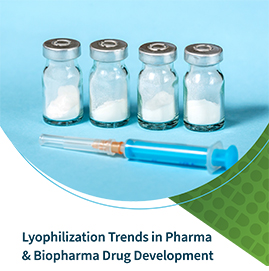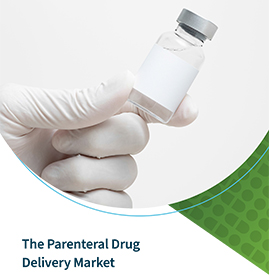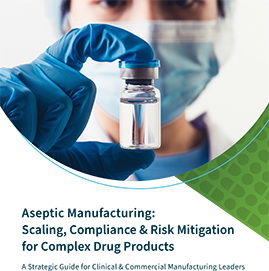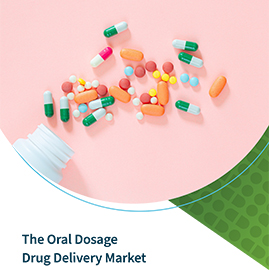Contact Us
- Solutions
- Resources
- About
- Contact Us
close
Optional callout banner for highlighted news or events
Learn More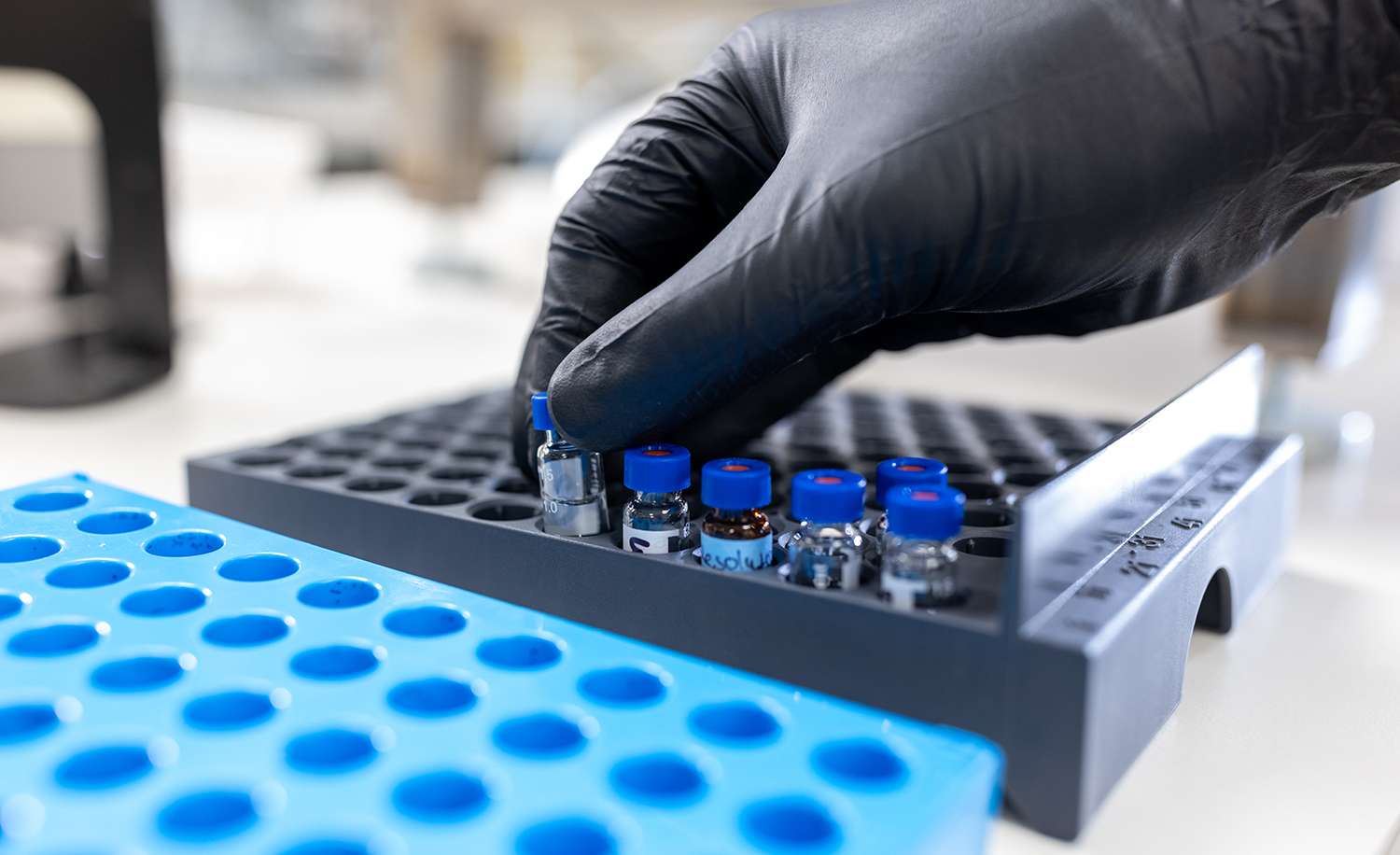
Get the answers to your FAQs about lyophilization in the pharmaceutical industry and all the information you need to enhance stability, extend shelf life, and bring complex drug products to market faster.
